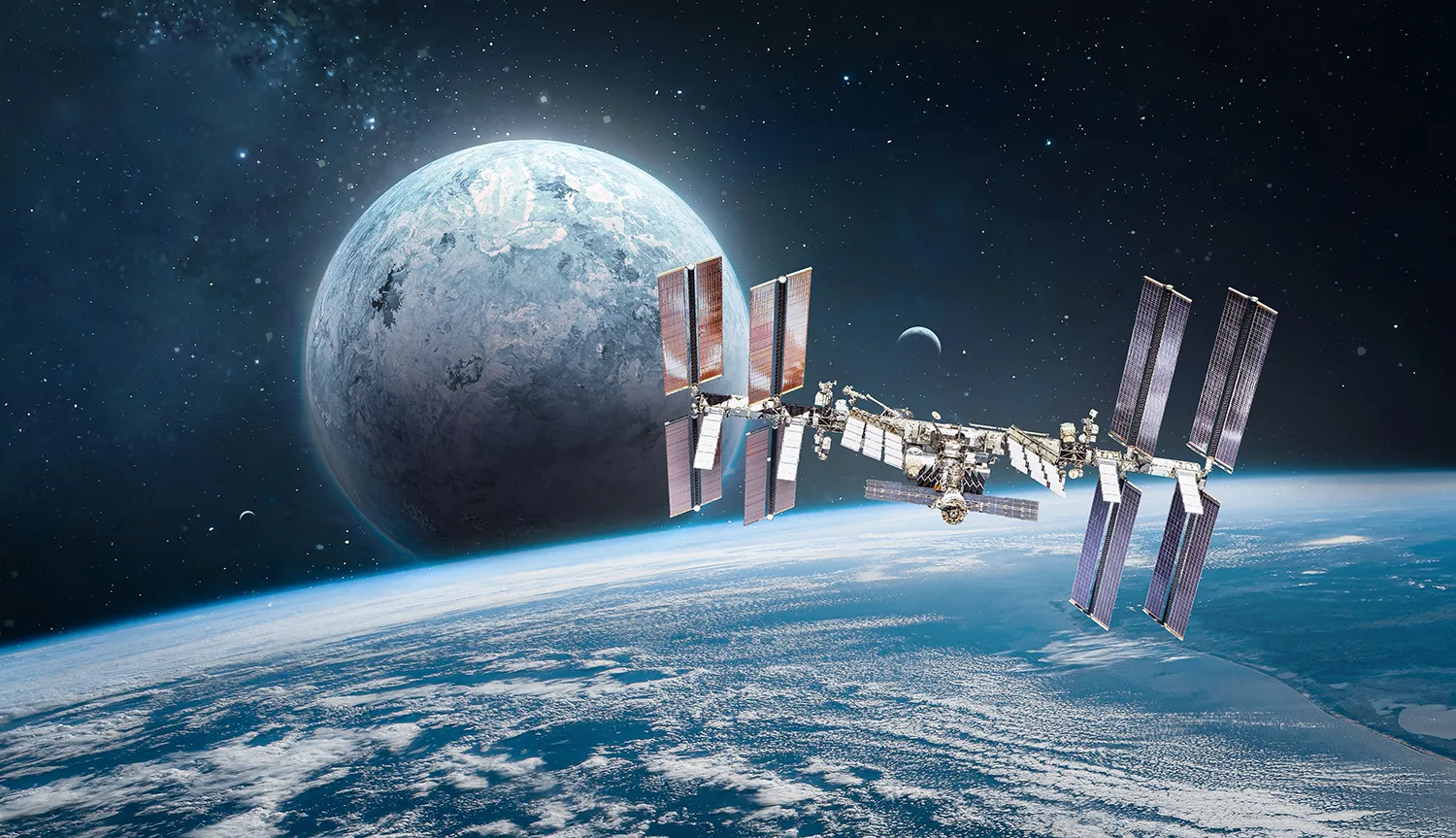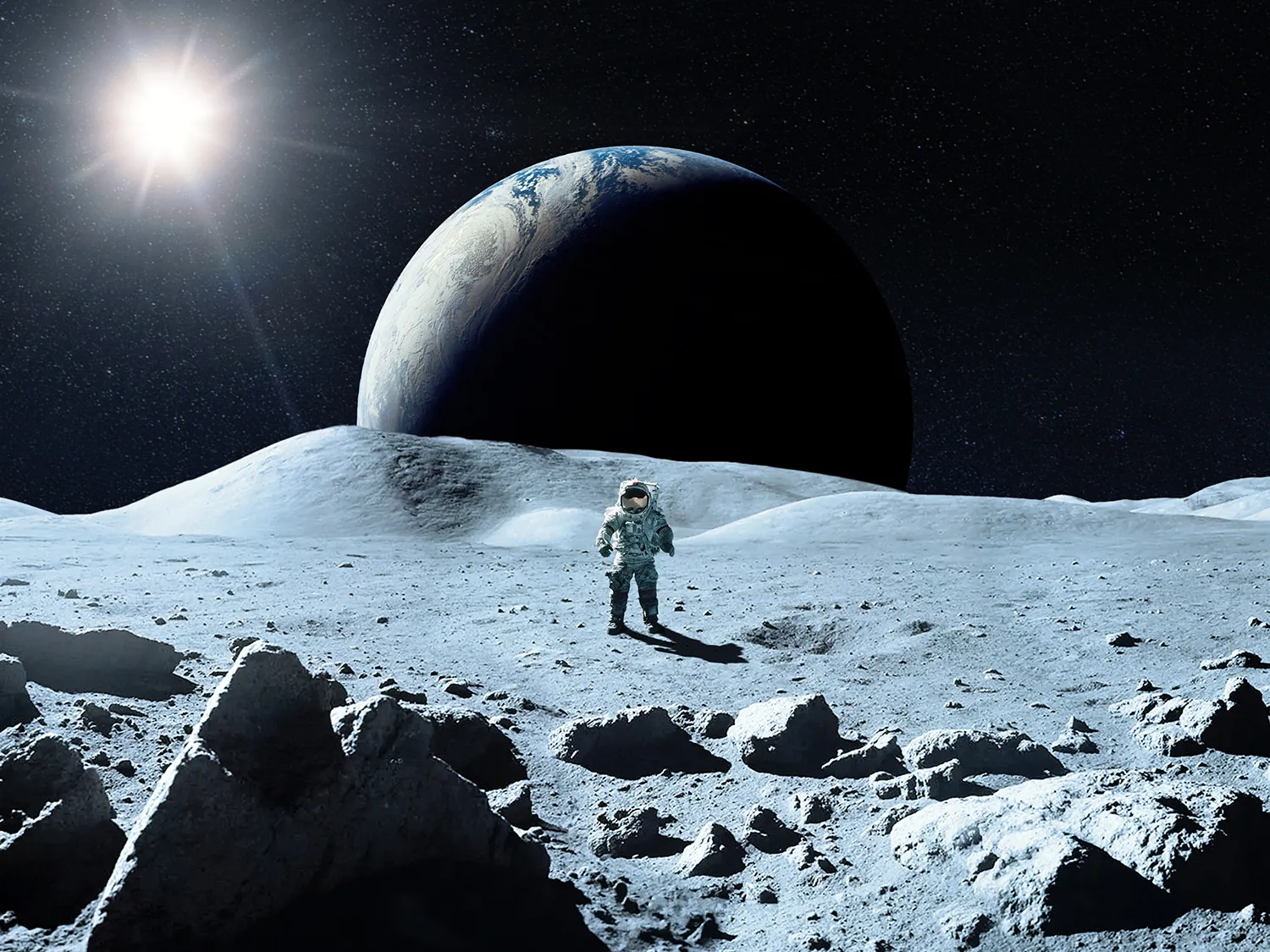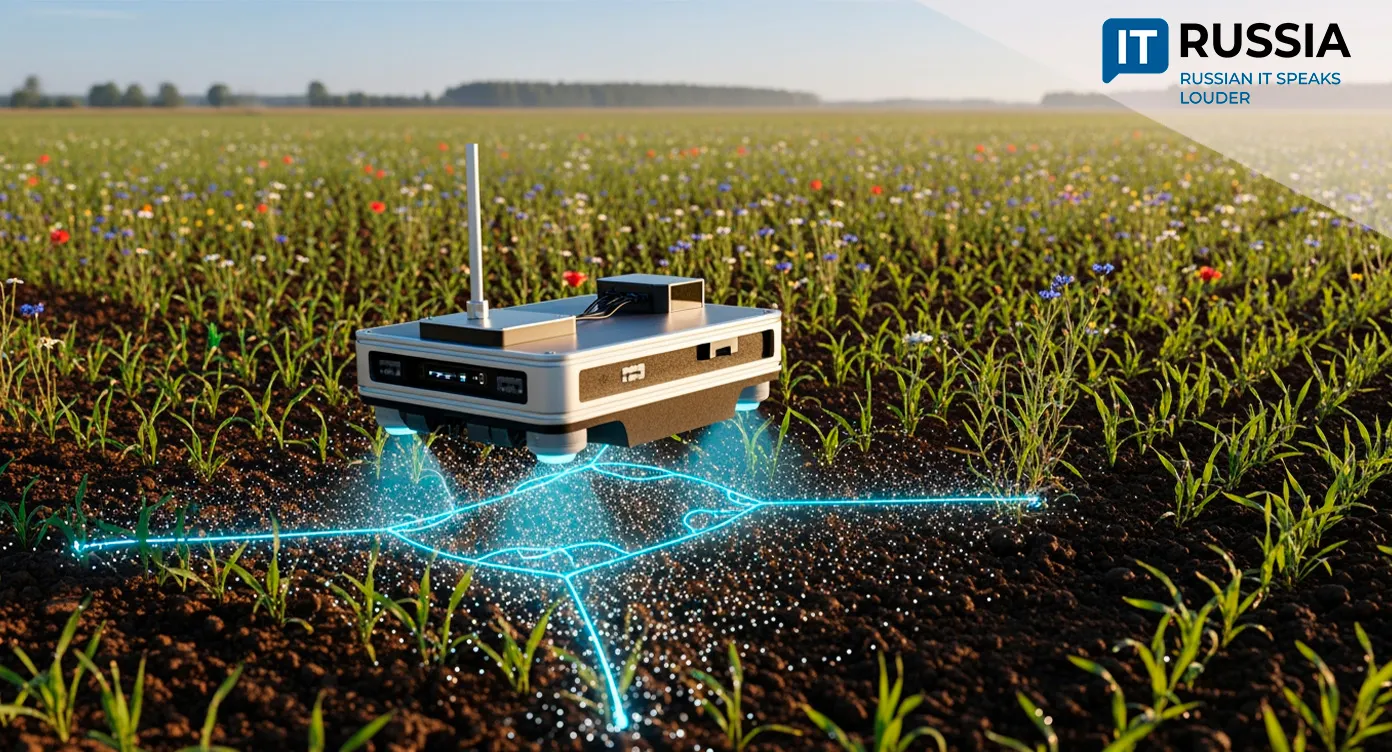Russia and China Plan Lunar Nuclear Power Station by 2035

Russia and China have announced a joint plan to build a nuclear power plant on the Moon by 2035, aiming to provide sustainable energy for scientific exploration and future lunar colonization
Joint Vision for Lunar Energy
The proposed nuclear facility aims to provide a reliable energy source for a future lunar base. The station will support continuous operation of life support systems, scientific instruments, and infrastructure, overcoming the limitations of solar power due to long lunar nights and persistent dust. The project highlights the technical prowess of both nations and their strategic ambitions in space exploration, presenting a clear challenge to other space powers such as the United States. For the global scientific community, the initiative offers a new frontier for experimentation under low gravity and high radiation conditions. It also reflects the deepening strategic partnership between Russia and China, serving as a potential model for future international collaboration on space missions.

Broader Implications and Technological Export
While the primary objective remains scientific, the technologies developed could have significant terrestrial applications. Small-scale nuclear reactors designed for the Moon may later power remote regions on Earth, including Arctic settlements and isolated military bases. These innovations may also be adapted for export to markets in Asia and Africa. The initiative is part of the International Lunar Research Station (ILRS), which has attracted interest from 13 countries. If successful, the collaboration may evolve into a global network of space exploration partnerships.

Historical Context and Technological Track Record
Russia has a long legacy in space-based nuclear power, beginning with its RORSAT satellites from 1967 to 1988. More recently, Rosatom has been advancing the MEGA project—a nuclear propulsion system for interplanetary travel. China, meanwhile, has conducted several successful lunar missions, including the Chang’e-5 mission in 2020, which returned lunar samples to Earth. The concept of using nuclear power on the Moon is not new—NASA’s Kilopower project and upcoming plans for a fission system on the Moon by 2027 indicate similar objectives in the U.S. Russia and China’s joint nuclear energy initiative thus aligns with global trends, increasing competition and technological progress in lunar development.
Forecast and Strategic Significance
If completed by 2035, the lunar power station will mark a significant milestone in extraterrestrial energy infrastructure. It would support long-term habitation and further research missions under the ILRS, and lay the groundwork for future crewed missions to Mars. Challenges include building a reactor that can withstand extreme lunar conditions—temperature swings, radiation, and vacuum. This initiative stands as a counterpart to the U.S. Artemis program, intensifying the race for lunar presence and deep space capabilities.










































